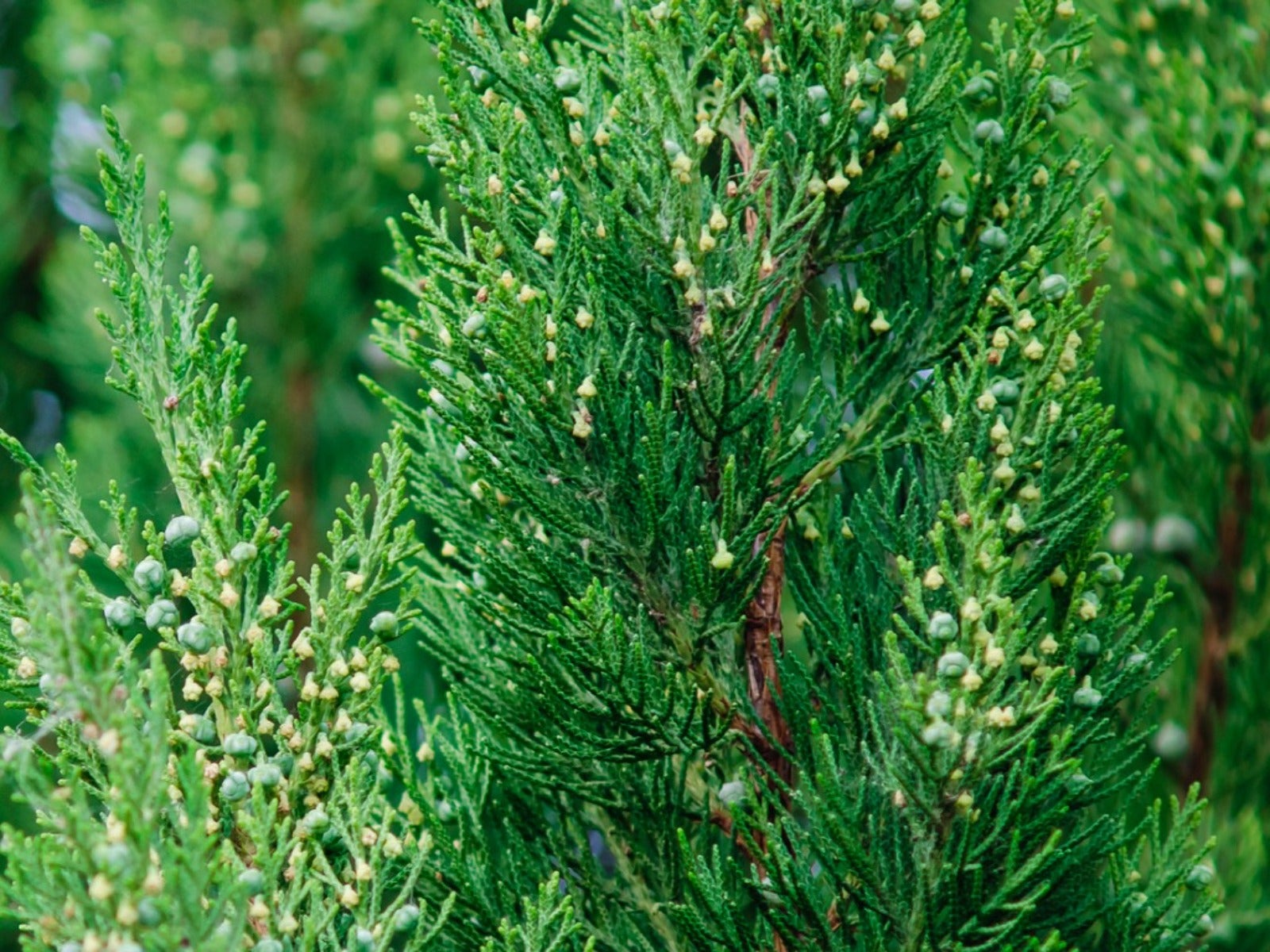Can Native Plants Be Invasive Or Overly Aggressive?


An invasive plant is typically described as being non-native and either intentionally or accidentally introduced to an area. But can a native species be invasive? Native invasive species are a hot topic in ecology and climate science. There is an argument to be made that some plants that have become problematic in or near their native ranges.
Native Species vs. Invasive Species
A native species is an indigenous plant that evolved in place and without human intervention. A non-native species is one that was moved to another area either on purpose or unintentionally by human activity.
Not all non-native species are invasive. What marks a plant as invasive are these characteristics:
- Not indigenous to where it currently grows
- Introduced outside of its native range by human activity
- Causes harm to the local ecosystem or economy
For instance, garlic mustard is an invasive species settlers introduced in North America as a food and for its medicinal properties. It is harmful to the native ecosystem because it outcompetes native species and creates vast monocultures in woodland areas.
An example of an invasive plant causing economic harm is the kudzu vine, which has taken over much of the south. It has cost the economy millions of dollars in productivity in several industries. Power and forestry companies, for instance, pay millions to manage infestations of the vine.
Can a Native Plant Be Invasive?
The traits of an invasive plant seem to run counter to the definition of a native species, but there is a case to be made that some native plants that become problematic, maybe even invasive.
Ecological change is the force behind native species moving outside their usual range. The effects of the shift might be bad, good, or mixed, depending on your perspective and how much change it brings to its new habitat.
Sign up for the Gardening Know How newsletter today and receive a free copy of our e-book "How to Grow Delicious Tomatoes".
An example of a native plant moving right now is the black locust. Several states in New England consider it invasive. It is native further south and has been moving north into new territory. Does this make it invasive? What is driving the change?
When a plant moves into a new area like this, it can be a sign of environmental degradation. The plant takes advantage of a decline in other species and moves in. It can also simply be environmental change. The northward migration of black locust trees is likely a sign of climate change.
Migrating Native Species
An example of the latter that comes from the past reaches back to the last ice age. When glaciers retreated from the eastern U.S., ash, oak, and birch trees grew in the freed up space. Then, later, American chestnut arrived and outcompeted many of the earlier species. This obviously had nothing to do with human intervention. Today, these types of environmental changes seem more sinister, as the human role in warming the climate likely plays a role.
When native species move into new areas, they inevitably bring change. Whether that makes them invasive depends on several factors. It remains to be seen just how much black locust will change the existing ecosystem in New England and whether it is bad, good, or just neutral.
Is Eastern Red Cedar Invasive?
Another example is eastern red cedar. Native to the eastern half of North America, it is migrating west. This is concerning for many people as it moves into grasslands and prairies, a completely different ecosystem from forests. The remnant grasslands are what is left of a historically vast ecosystem. Many people worry about losing what remains.
The question of whether native species can be invasive doesn’t have a clear answer. Researchers are working in several areas to determine the potential changes that could occur as plants migrate into new territories and put pressure on other native species.

Mary Ellen Ellis has been gardening for over 20 years. With degrees in Chemistry and Biology, Mary Ellen's specialties are flowers, native plants, and herbs.